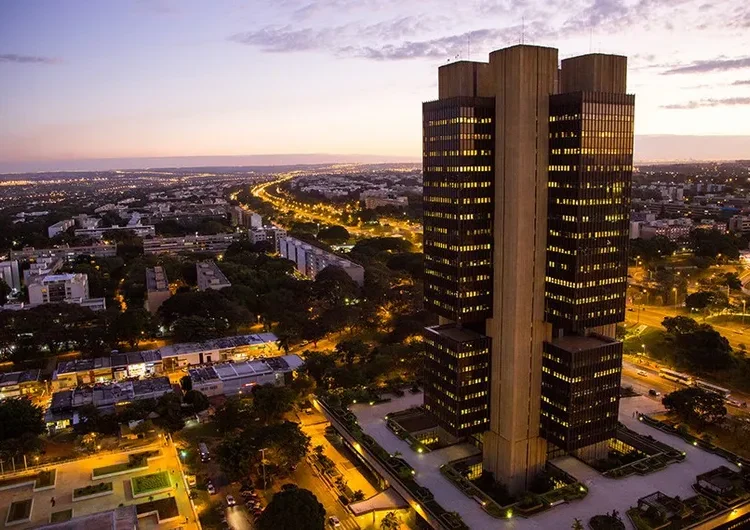On Wednesday (18), the Monetary Policy Committee (Copom, in Portuguese) of the Brazilian Central Bank decided to raise the basic interest rate for the national economy – known in Portuguese as Selic – from 10.5% per year to 10.75% per year. The increase was the first recorded since August 2022. It opposes the global trend of falling interest rates, ratified by a decision of the US Central Bank on September 18, which cut interest rates there by 0.5 percentage points after four years without reductions.
In the US, interest rates fell from 5.25% to 5.5% per year to 4.75% to 5%. In Brazil, they rose by 0.25 percentage points.
Economists were already expecting this increase, although some considered it unnecessary. Banks even estimate that the Selic rate will rise again in the next months and reach 11.25% by the end of 2024.
Such an increase is supposedly related to the fear that inflation in Brazil will rise. The fear is partly due to the current droughts and fires in the country. A possible increase in the Selic rate would help curb the rise in prices.
Data from the Brazilian Institute of Geography and Statistics (IBGE) shows, however, that the country recorded a general drop in prices in August. The Broad Consumer Price Index (IPCA, in Portuguese) has accumulated an increase of 4.24% over the last 12 months – therefore, it is within the goal set for 2024, of up to 4.5%.
In addition, the appreciation of the US dollar has gone down in recent days. The US currency price tends to fall even further with the country’s interest rate cut.
However, Copom ignored these factors. The committee opted to raise interest rates. The first time was during the administration of President Luiz Inácio Lula da Silva (Workers’ Party), who is vocal in defending a decrease in the Selic rate.
What is Selic?
The Selic rate is the benchmark for Brazil’s economy. It is also the main available tool for the Central Bank to control inflation in the country.
When it rises, loans and financing tend to become more expensive. This discourages purchases and investments, which curbs inflation. But on the other hand, economic growth tends to be harmed.
When the Selic rate falls, the interest charged to consumers and companies falls too. More people buy and invest. The economy grows, creating jobs and favoring wage increases. Prices, however, tend to rise due to demand.
Lula took office in January 2023 with the Selic rate at 13.75% per year and began to pressure to reduce it. Eight months into Lula's administration, Copom started a cycle of cuts. Since then, there have been six 0.5 percentage points cuts in a row, plus one of 0.25 percentage points.
From June onwards, Copom decided to keep the Selic rate at 10.5% after two consecutive meetings, despite government pressure for cuts. Now comes the increase.
Spending on debt
The Selic is also the reference rate for adjusting Brazil’s public debt. When it rises, the government spends more to renew its loans.
In July, the Brazilian public sector spent BRL 80.1 billion (US$14,77 billion) on financial services for its debt alone. This is 73% more than the BRL 46.1 billion (US$8,5 billion) spent in July 2023. In 12 months, spending on debt was BRL 869 billion (US$160,2 billion). In the previous 12 months, it had been BRL 641 billion (US$118,2 billion).
With the increase in the Selic rate, Brazil's spending to pay its debts is expected to grow by around BRL 12,5 billion (US$2,3 billion) over a year. This is close to what the government intends to spend next year on public policies aimed at women: BRL 14 billion (US$2,58 billion).
A study by the United Nations Conference on Trade and Development (UNCTAD) this month points out that Brazil spends almost twice as much on interest as Education and Health combined. The richest countries spend only 40% of what they invest in health and education on interest.
According to the study, 3,3 billion people in the world live in countries that spend more on interest than on public health and education services. This corresponds to around 40% of the world's population.




